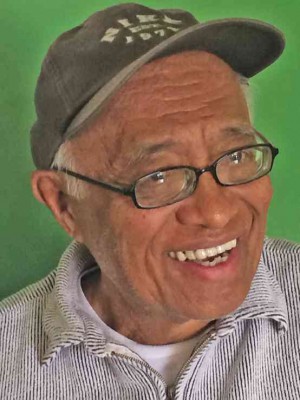Looking beyond Panagbenga
The Inquirer sat down with lawyer Damaso Bangaoet Jr. in February to solicit his views on the future of Panagbenga, the festival he helped create to draw tourists back to the summer capital.
Excerpts from that interview:
Q: How has the Panagbenga helped Baguio?
In 1996 when we planned for the Panagbenga, we wanted to come up with something to help the city, a tourist destination and a university town. How could we contribute to the economic well-being of Baguio, which at that time was known as a “City of Flowers?” We wanted something for the whole family. Through all these years I think we were able to do what we have to accomplish.
The festival has helped beautify the city. It made more people more conscious of beautifying their surroundings. Several flower-adorned small parks emerged in the villages, streets and public places.
Consequently, the flower industry also blossomed. Bahong village (in neighboring La Trinidad town), for example, used to focus largely on vegetables. Now Bahong is known as the “Rose Capital” of Benguet, if not the whole [Cordillera] region.
At the height of the festival (when the street dancing and flower float parade happen on the third or last weekend of February), hotels and transient houses are fully booked. So you can just imagine the fresh money being brought to the city. All the restaurants and market [stalls] make a lot of money.
Ninety percent of those who come up for the festival are domestic tourists. They come because they don’t have the opportunity to see the flower festival in other countries…. Now we make a rough estimate of one million people coming for the month-long festival, the country’s longest.
Q: Don’t you think the flower festival is too long (Ed: Panagbenga activities run for a month, culminating in the street dancing competition, floral floats parade and the street bazaar, Session Road in Bloom)?
I would rather have it shorter. When we started this, it was only for nine days. But when the city got involved, officials wanted to make it a whole month. I think it is best to have it in two weeks because we have to consider the fatigue factor. Too much of a good thing sometimes can be tiring. But anyway, the bulk of the festival’s activities are during the latter part. So let it be.
Q: How does the Panagbenga differ from the other festivals?
In 1996, when we were planning the festival, there were suggestions like a cañao (native feast) festival. But I was not too keen with the idea. I told the other board members [of the John Hay Poro Point Development Corp.] that if we were going to have a festival, it should be family-oriented. Not only that. It should not create issues that the people would complain about.
For example, a cañao festival would prompt our Cordillera compatriots to say we would be bastardizing the local culture. The animal rights advocates would complain at the way pigs and livestock would be slaughtered. The religious would say we are encouraging pagan practices.















